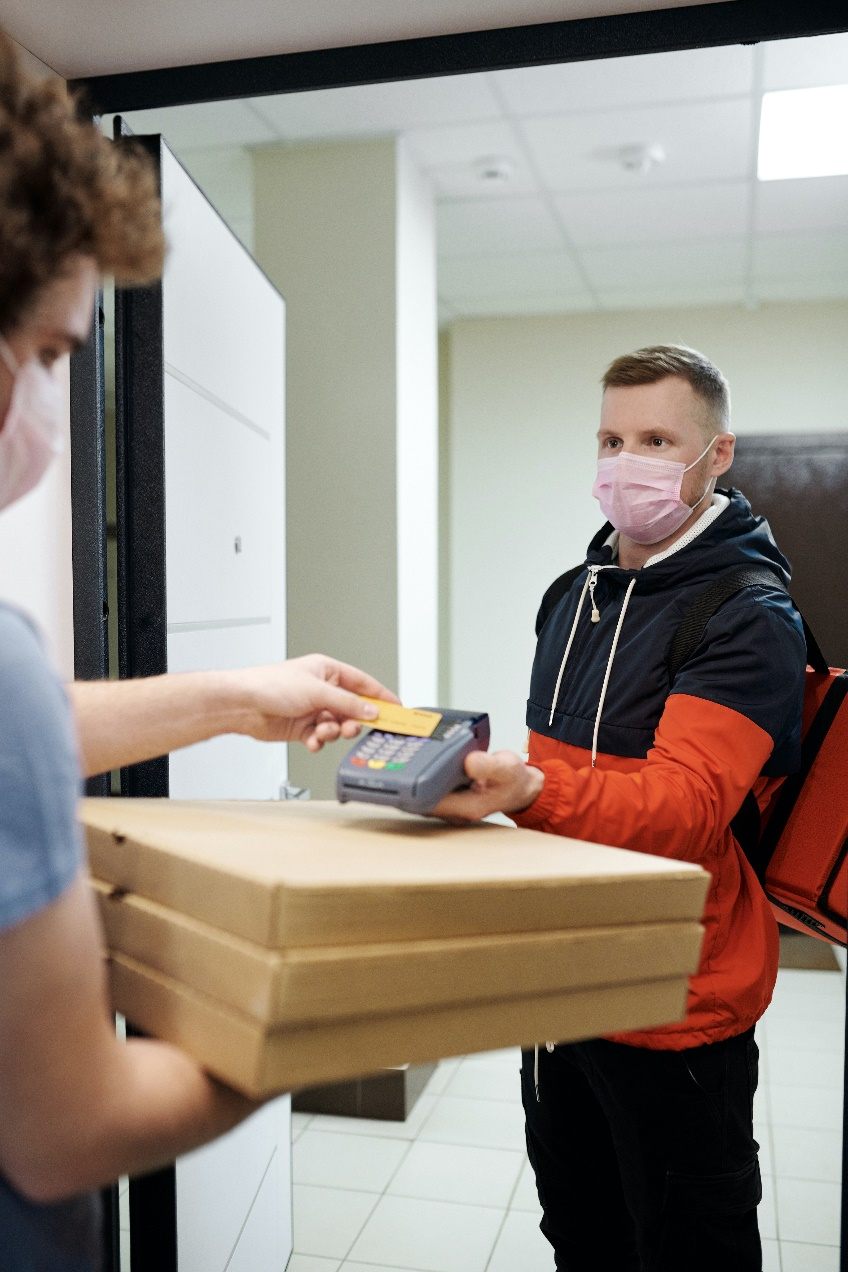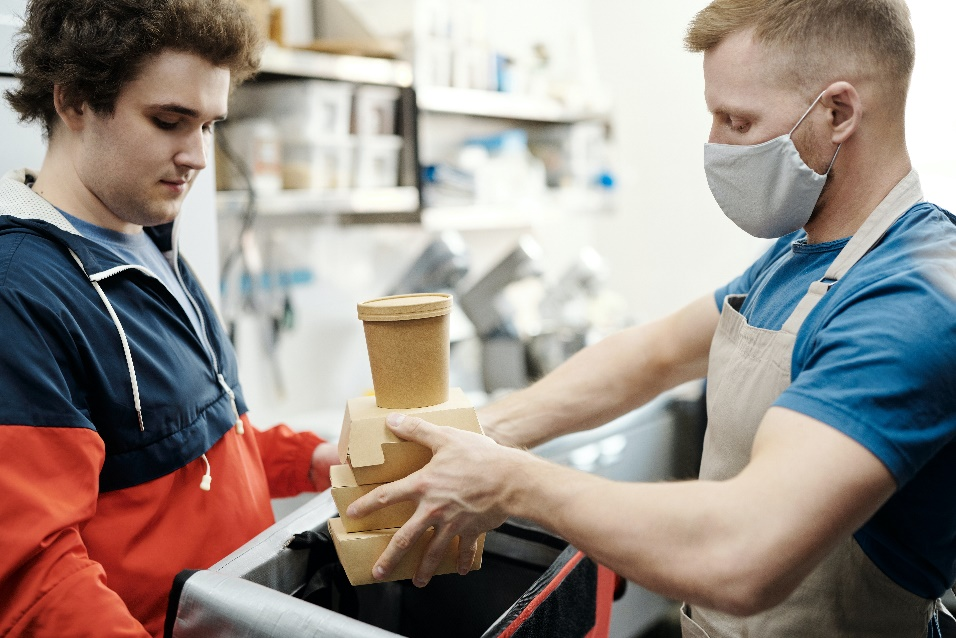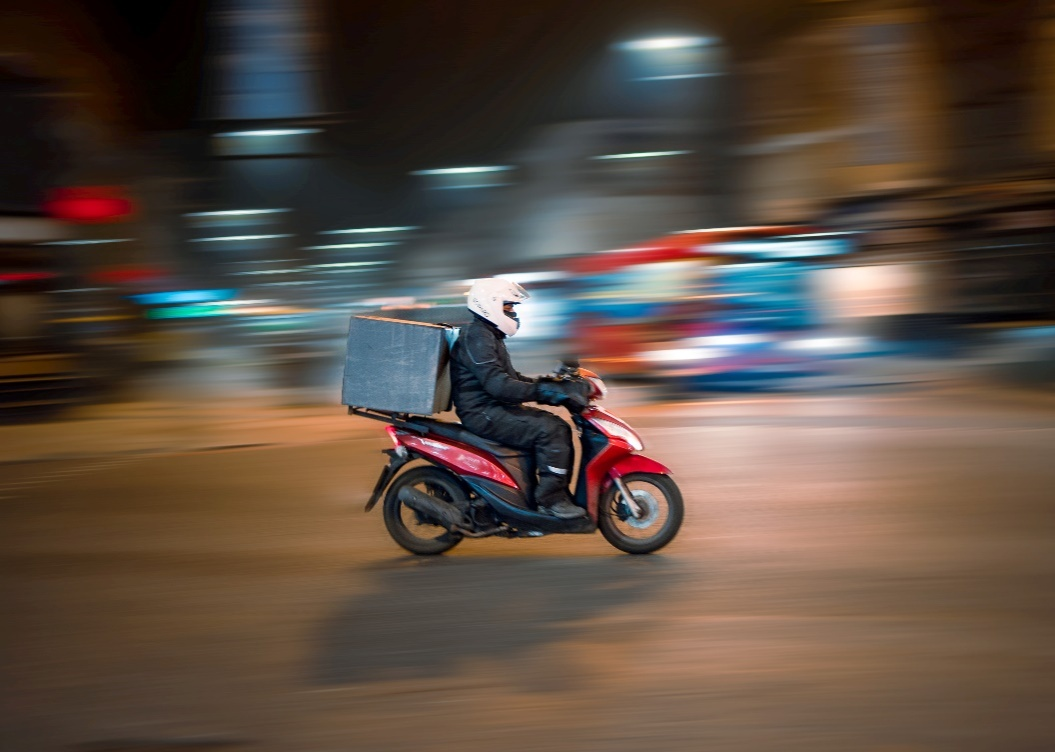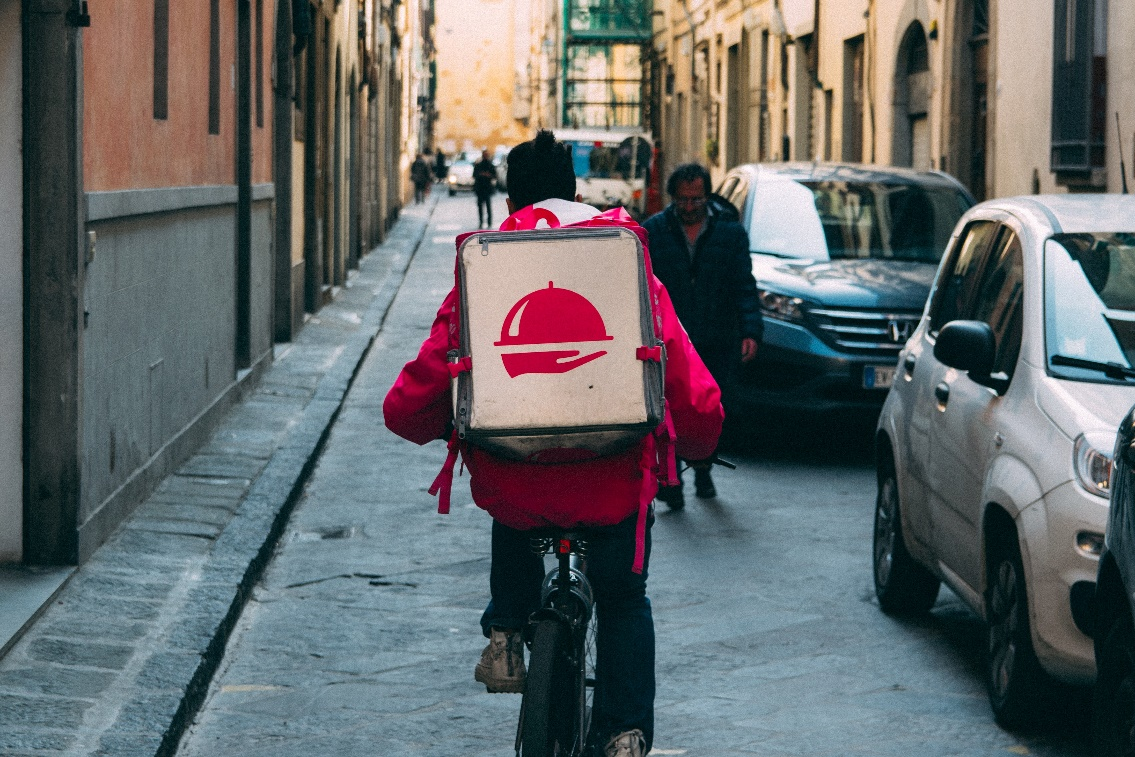Email Address: contact@softwareistic.com | Phone Number: (844) 970-3900
Email Address: contact@softwareistic.com | Phone Number: (844) 970-3900
Gone are the days when people relied only on going out to eat or take away. With the rising number of local establishments and big restaurant chains opening up more stores, food delivery services are taking off. Despite the number of established players in the market, there’s still a huge market that’s not taken care of, and more players are jumping in to fill the gap. If you’re considering setting up a food delivery gig of your own, here’s all you need to know.

Before you can get to creating backlogs and think about the components that go into the actual app itself, the first step is to pan out what existing business models operate in the food-delivery industry. There are two major options that are prevalent:
The third-party app or aggregator model is one of the tried-and-tested options on the market. Essentially, they connect the user with their restaurant of choice, acting as a mediator between the two. As the name suggests, this kind of app aggregates a list of restaurants and their respective menus. A user can sift through the list of options, select a restaurant and place an order from that restaurant.
Delivering the order itself is up to the restaurant and not the responsibility of the food-app service provider. This is ideal for more established restaurants with their own delivery service but may put off smaller businesses without logistics services.
As previously stated, the biggest gripe with the aggregator model was that restaurants had to take care of deliveries. Logistics are a huge cost for restaurants, and it can be harder for newer establishments to maintain a decent profit margin if they’re handling deliveries as well. This was taken care of by the logistics/delivery service model.
It’s an extension of the aggregator model, with the key difference being that the food delivery app takes care of the deliveries as well. For this reason, all kinds of restaurants are more compelled to work with services using the logistics/delivery service model as it helps them cut down one of their major recurring costs. Many notable businesses are now operating using this system.

While each app can have some functional and requirement differences depending on the kind of market they’re targeting, all of them have a few similarities. They all operate using the same core components which are essential to nail to ensure a success story. These include:
Arguably the most important component of the whole chain is the user, who will be making the orders on the app to get food delivered. They need to be able to:
The second most important player in the chain is the restaurant itself. Your goal as an app designer is to make the app as accessible and comprehensive as possible so that restaurants have incentives to sign up for the restaurant. You need to offer them:

Last but not least, the delivery persons that will take the food from the restaurant to the customer. They’re a crucial part of the chain, and it’s necessary that the product gets to the customer in a reasonable amount of time while staying in the best condition. Here’s what the delivery side’s application should provide:

Developing an application from scratch is often the way to go, as it allows you to keep tight control of all of the aspects involved. Without third-party involvement, there can be some reductions in extra costs, which do end up reflecting on the overall cost of the development process, though. Nowadays, food delivery apps aren’t something exclusive to large, international food chains, but many smaller businesses are working with APIs to develop their own versions
These APIs don’t mean that everything is plug and play, as the experience has to be optimized, and certain changes need to be made to the overall package to offer the best performance while meeting user validation and verification standards. The best aspect is that you have a plethora of options to choose from:
One of the go-to options for making HTTP requests for finding all sorts of points of interest, businesses, and locations is the Places API by Google. Using the Google Cloud with an account, you can access the Places API to integrate the service with your application. Pricing can vary for the API depending on the number of queries made on your application, with an additional tier for the Routes and Places API.
One of the biggest selling points of the Places API is that you get $200 credit every month, so for various businesses, it’s practically free to use. By the time you’re exceeding the basic API usage, you’ll be generating enough revenue that the expense won’t be that troublesome.
Foursquare is an independent location data platform focused on providing information about various places from all over the world. It acts as a social network for various places, providing a huge amount of data on existing options as well as recommendations for new places to see and try. Foursquare makes the most of its extensive scale of data by providing an API that developers can use to acquire location data and reviews from Foursquare.
One of the biggest disadvantages of Foursquare API is that it’s fairly costly, which might turn away some businesses. On the flip side, it might be a worthy cost if it can generate a decent amount of traffic for a particular business.
Many consider using the UberEats API as the direct route to getting into the food delivery atmosphere. With UberEats’ API, you have access to a fairly established system that’s matured over time, which integrates seamlessly with a restaurant’s POS and offers easy access to order handling and menu-making options. Add that you have an extensive network of couriers, which means logistics have been a stress factor in the past.
The main negative aspect of the API is its revenue-sharing system with the vendors involved, which can go as high as 40 percent depending on the order. Thanks to an already established network, many people continue to opt for it.
Another well-established API that businesses could benefit from is GrubHub’s API. Especially for businesses based in the US, you have detailed information on more than 110,000 restaurants operating in the country. While there’s limited access to vendor information, most of the needed information that you’d need for your application is available.
GrubHub uses the same revenue model as the UberEats API, with the main difference being lower commission charges. The major downside is that you don’t have access to logistics, so deliveries will require a third-party service.
Another great API that businesses regularly use is Google Matrix. Its primary function is to determine the time and distance between two particular locations. It’s helpful for comparing distances between delivery drivers and restaurants, drivers and delivery locations, as well as restaurants and users.
The Google Matrix API uses Google Maps API, providing it with fairly accurate results. Similar to other Google services, pricing depends upon usage, and small businesses make the most of the credit Google offers them.
If you’re looking for live chat services for your website with JavaScript, the Freshchat API is an easy way to add this. The API comes from Freshworks, which is focused on creating engagement for smaller companies and bridging the gap between customers and customer representatives.
Having a communication system can help turn potential customers into paying, recurring users. When you’re starting off, Freshchat can be free with its 21-day free trial and the free starter account. Once you start generating big numbers, the Freshchat API requires you to pony up the green and start paying for the services.
Another essential aspect is to have push notifications. Since there are so many steps to the food delivery process and so many partners involved, having updated real-time notifications is a must-have. Onesignal API provides a toolkit to incorporate these notifications for your applications.
Similar to many of the other APIs listed, Onesignal has a free version with fairly generous user limits and requests, which allows smaller businesses to avail this business for free until their shop really kicks off and starts generating some big numbers.
There are numerous large and atomic components that go into developing a food delivery application. It’s important to focus on existing businesses to learn what they’re doing right while also focusing on innovative solutions that count as your USP. It’s recommended that you work with a business that already has some experience working in the domain while having command over a wide range of technologies to help you make the most of existing services. If you require out-of-the-box solutions that will help you stand out, you’ll need competent development resources to assist you in creating these tools.

Whether you’re looking for Flutter App Development or React Native App Development for your project, Softwareistic provides Android and iOS app development. We help businesses from different domains build their apps from the ground up or revamp their existing functionalities. We also develop solutions for wearable devices. Get in touch with us at (844) 970-3900 or info@softwaristic.com.